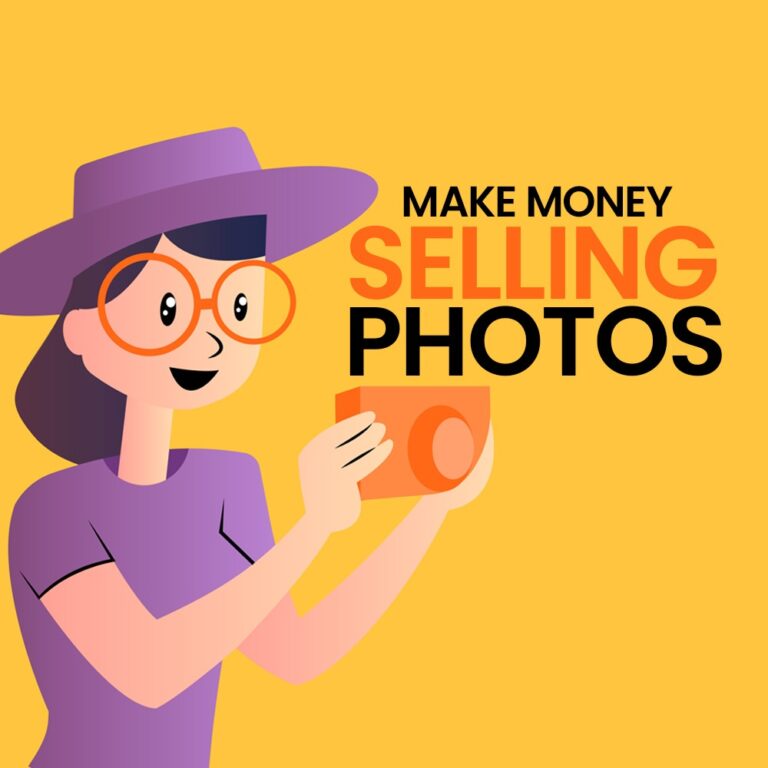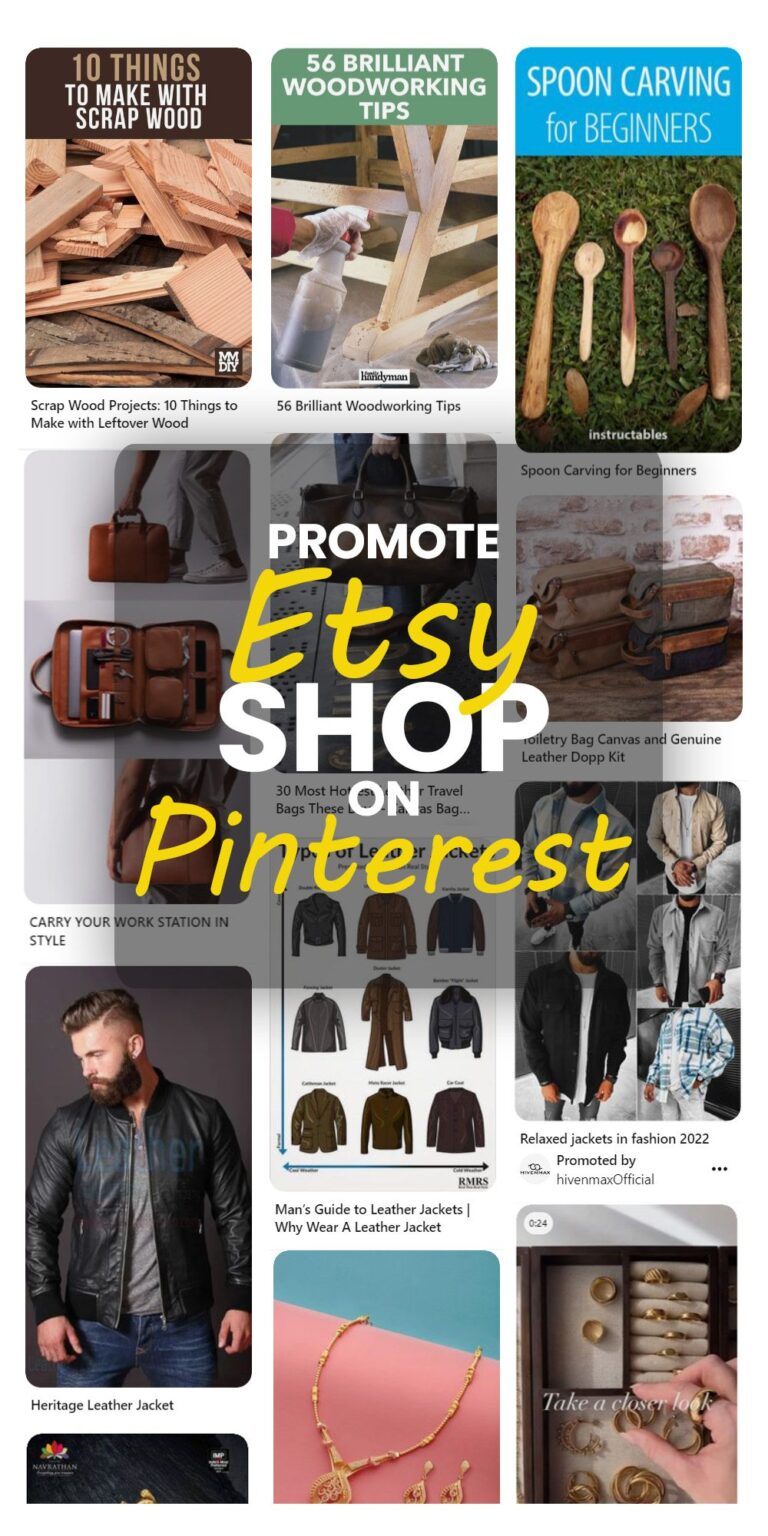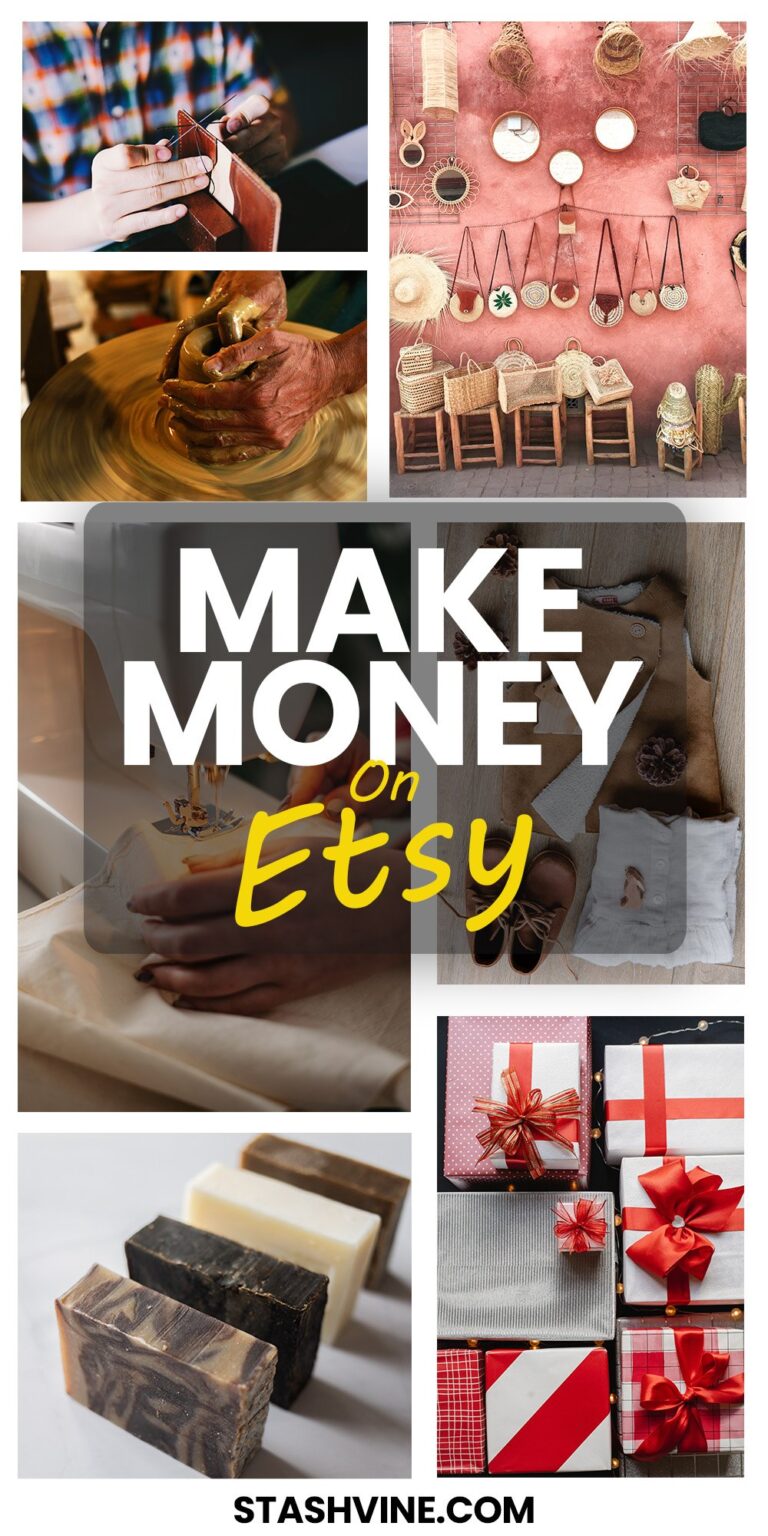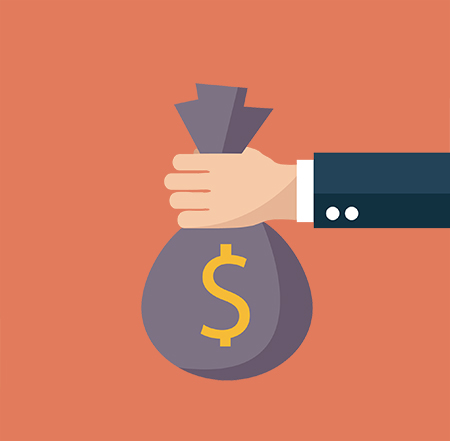41 Best Side Business Ideas for Students with Entrepreneurial Mindset
Student life can be a hectic and pricey experience. With the ever-changing environment of how we work and learn, having side businesses or becoming small business owners has become more critical than ever. The benefits of having a side business go beyond just financial security; it also provides an opportunity to sharpen your skills and…










